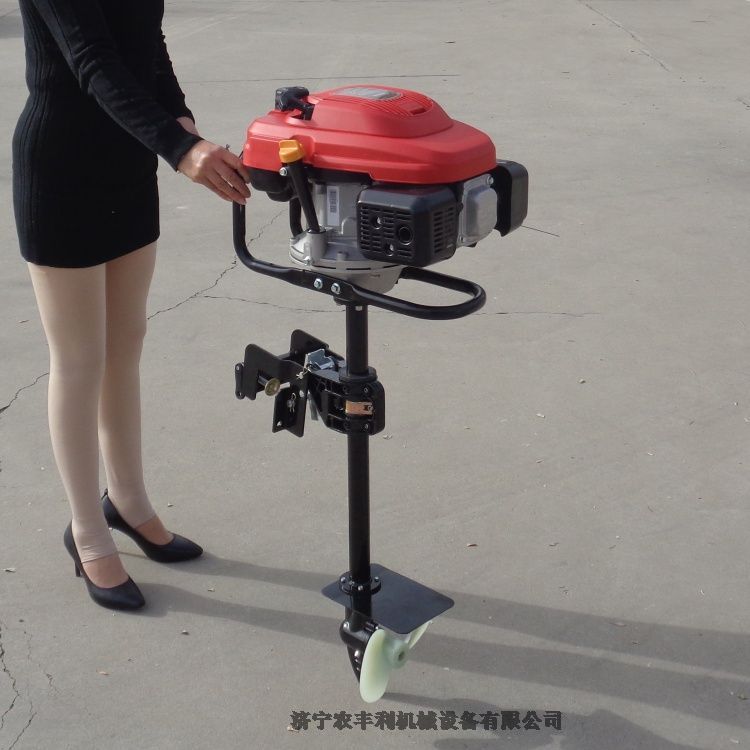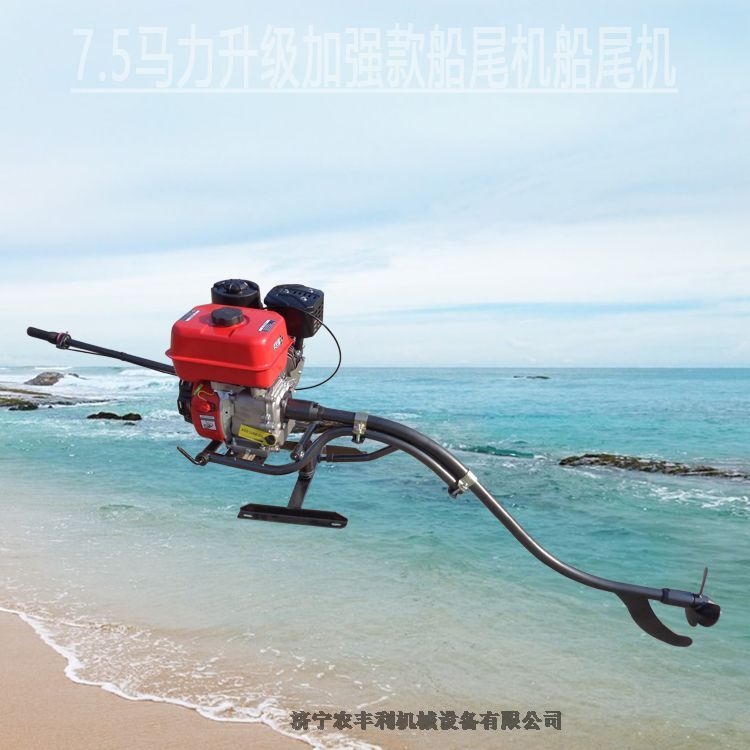

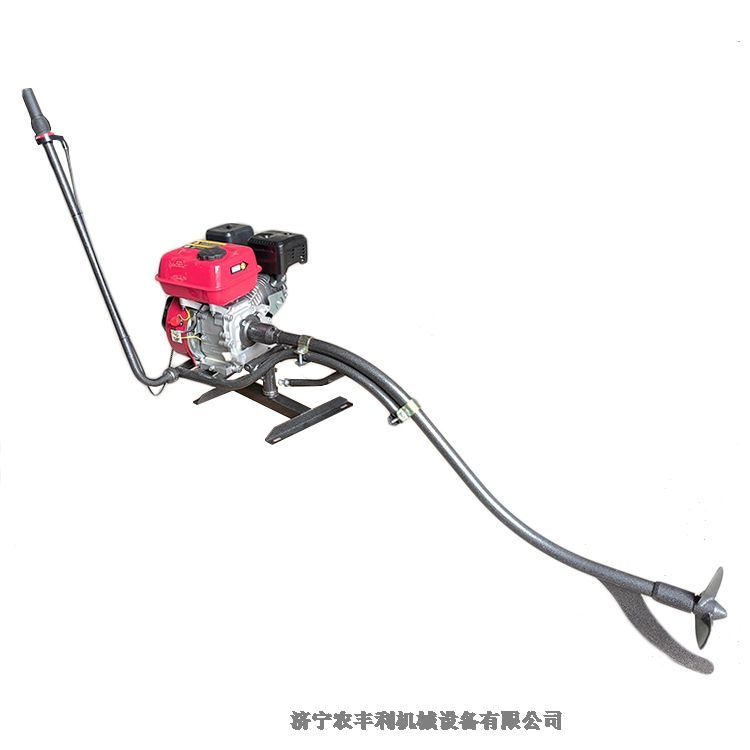
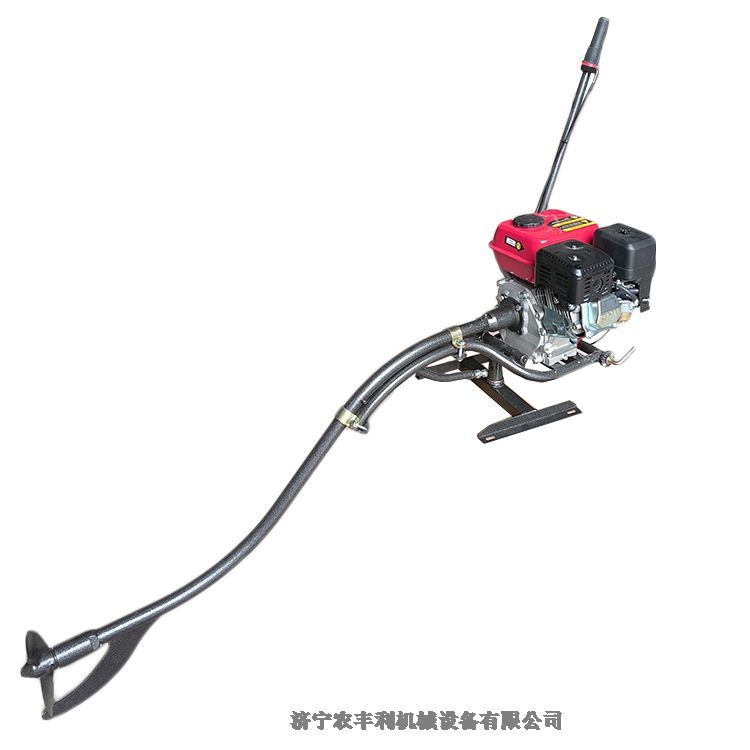


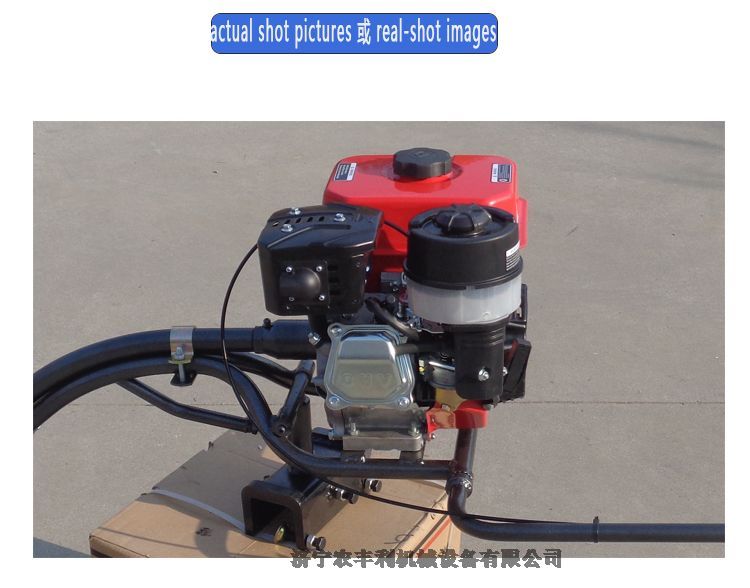


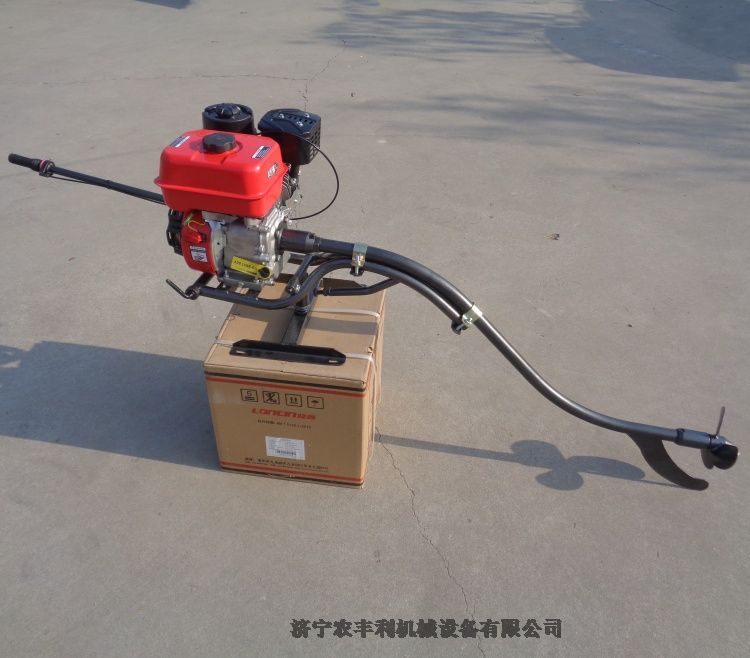


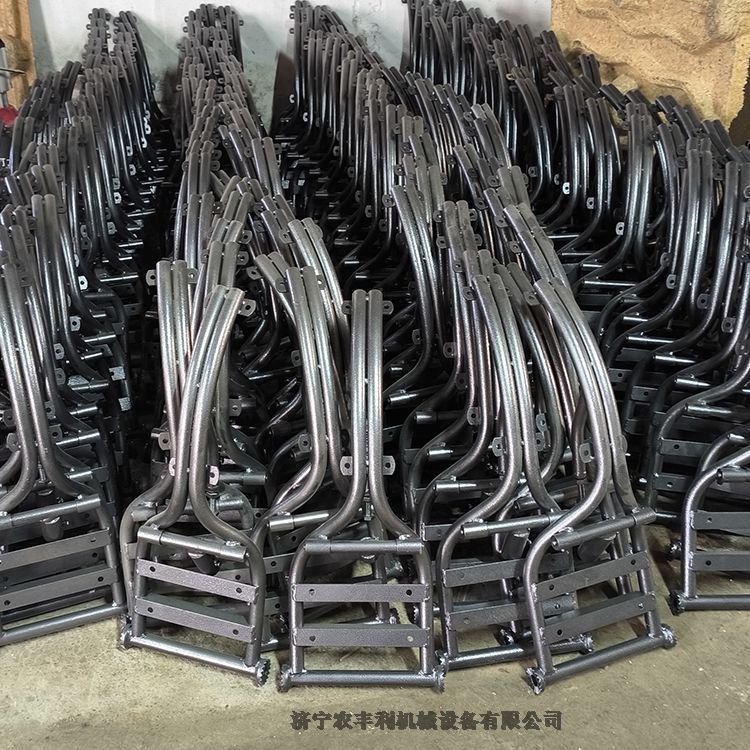
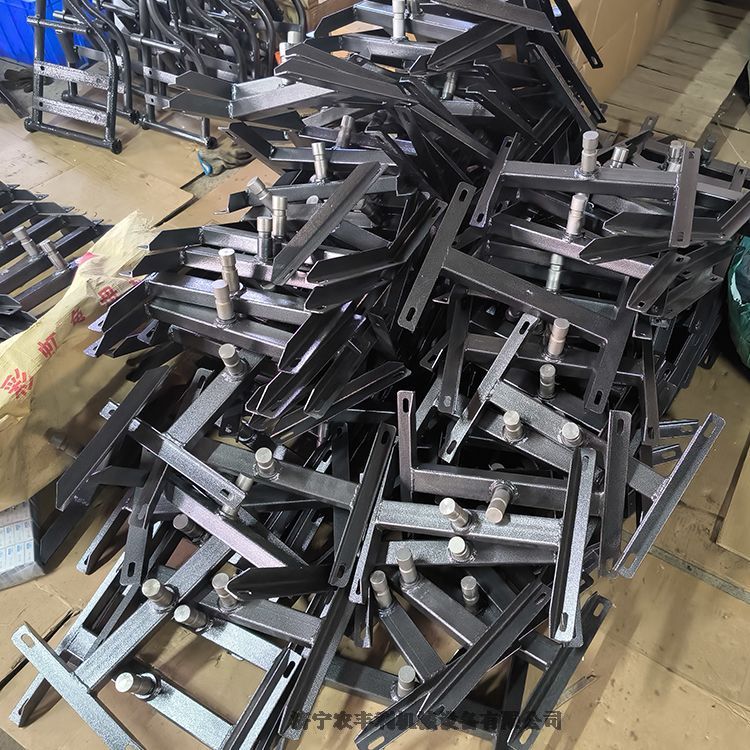

Introduction to Small Gasoline Flexible Shaft Outboard Motor
The small gasoline flexible shaft outboard motor (referred to as flexible shaft motor for short) is a power device widely used in small boats. Its core design feature is the use of a flexible transmission shaft (commonly known as "flexible shaft") to connect the engine and the propeller, which combines portability and flexibility. It is suitable for shallow water, narrow waters or scenarios that require frequent disassembly.
Structure and Principle
The flexible shaft motor is composed of a gasoline engine, a transmission flexible shaft, a propeller and a control system. The engine (adopting a single-cylinder four-stroke air-cooled horizontal design) generates power by burning gasoline, which is transmitted to the underwater propeller through the flexible shaft to push the water flow to realize the forward or steering of the boat. The flexible shaft adopts a multi-layer steel wire winding structure, and the exterior is wrapped with wear-resistant rubber or a metal sheath, which can not only bear high torque, but also buffer vibration and prolong the service life. The control system is mostly integrated at the stern, and the throttle direction is adjusted through handle cable control.
Performance Characteristics
-
Lightweight and portable: The total weight of the machine is usually 15-40 kg, which can be carried by a single person, and is suitable for plastic boats, small wooden boats, small fiberglass fishing boats, etc.
-
Flexible layout: The flexible shaft allows the engine and the propeller to be separated in position, which is suitable for installation scenarios with limited hull space.
-
Low maintenance cost: The structure is simple, the failure rate is low, and daily maintenance only requires checking the lubrication of the flexible shaft, cleaning the propeller and changing the engine oil.
-
Wide adaptability: It can operate in waters as shallow as 0.4 meters. Some models are equipped with a clutch function to achieve stepless speed change, making it safer to deal with rapids or complex waters.
Application Scenarios
-
Fisheries and patrols: small fishing boat fishing, reservoir inspection and wetland scientific research operations.
-
Emergency rescue: material transportation or personnel transfer in shallow water areas during flood disasters.
Limitations
The power range of the flexible shaft motor is 7.5-15 horsepower, which is difficult to meet the needs of large boats; long-term high-load operation may accelerate the wear of the flexible shaft, and regular inspection of the tightness is required to prevent water ingress and rust. Under the trend of environmental protection in recent years, some new models adopt low-emission electronic injection technology, but traditional models still have problems such as low fuel efficiency and high noise.
In the future, with the upgrading of material technology, the flexible shaft outboard motor propeller powered by four-stroke engines, which is fuel-efficient and low-pollution, will become an important choice in the field of small ship power.





























